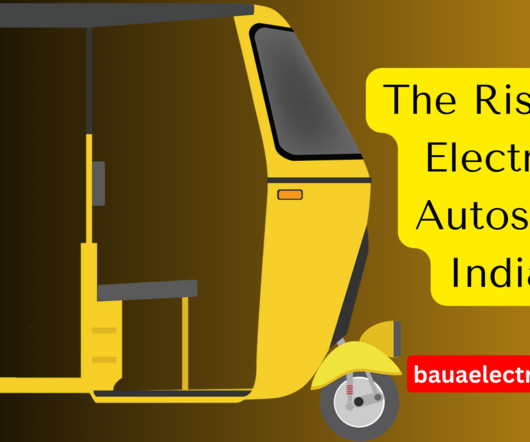UK to invest $841M from 2015-2020 to boost ultra low emission vehicle industry
Green Car Congress
APRIL 29, 2014
The UK government announced plans to invest £500 million (US$841 million) between 2015 and 2020 to boost the ultra low emission vehicle (ULEV) industry and help drivers both afford and feel confident using electric cars. The production of ultra low emissions vehicles is a major part of growth both now and for the future.















Let's personalize your content